Norse mythology, a rich tapestry of tales and legends from ancient Scandinavia, offers a fascinating glimpse into the beliefs and narratives of the Vikings. Among its pantheon of gods and goddesses, Baldur stands out as a figure of utmost significance. Renowned for his beauty, goodness, and purity, Baldur’s character and tragic fate encapsulate key themes of love, loss, and destiny that permeate Norse lore. This article delves deep into the heart of these myths, shedding light on Baldur’s multifaceted role and exploring the profound impact of his story on Norse culture and beyond. Our journey through Baldur’s mythos promises unique insights and in-depth analysis, aiming to enrich our understanding of this beloved deity and the rich mythological world he inhabits.
| Origin | Norse Mythology |
| Deity Type | God of Light, Purity, and Goodness |
| Appearance | Often depicted as a handsome and radiant god |
| Role | God of light, purity, and goodness; symbol of innocence and beauty |
| Invulnerability | Known for his invulnerability to harm, except for mistletoe |
| Family | Son of Odin and Frigg; brother of Thor and stepbrother of Loki |
| Death | Killed by a mistletoe projectile, leading to his eventual resurrection |
| Cultural Impact | Revered as a symbol of purity and innocence in Norse mythology |
| Depictions | Featured in several Norse myths and sagas, especially those related to his death and resurrection |
1. The Mythological Roots of Baldur
Origin Stories
Baldur, often hailed as the ‘God of Light’ in Norse mythology, emerges from a lineage of divine power and majesty. As the son of Odin, the Allfather, and Frigg, the goddess of love and fertility, Baldur was born into a realm of gods known for their complex relationships and mighty powers. The ancient texts, particularly the Poetic Edda and the Prose Edda, provide crucial insights into his birth and heritage. These texts, composed in Iceland during the 13th century but based on older oral traditions, depict a cosmos where Baldur’s luminosity and moral purity set him apart from his kin. His birth is not just an addition to the Aesir, the primary pantheon of Norse gods, but a pivotal event that adds a layer of intrigue and depth to the Norse cosmogony.
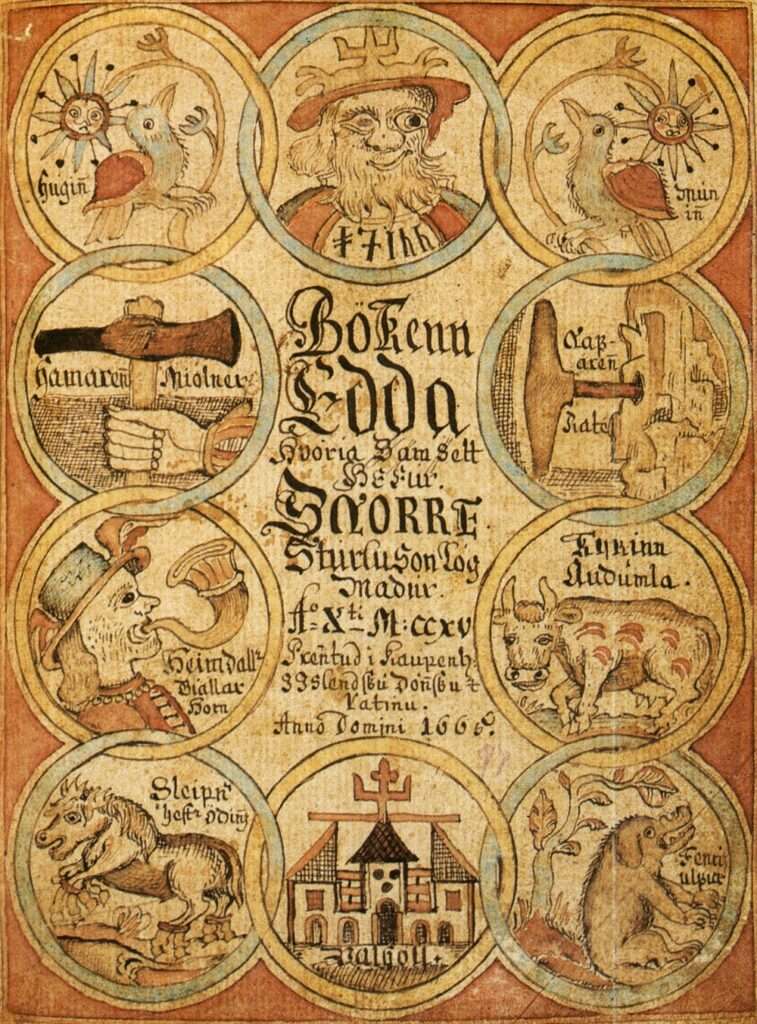
Baldur’s Characteristics and Powers
In the realm of Norse deities, Baldur is distinguished by his attributes of beauty, benevolence, and invulnerability. Described as the fairest and the most gracious of the gods, his presence was said to radiate light and joy. Baldur’s powers extend beyond his physical allure, embodying ideals of righteousness and purity. His symbols, often associated with light and renewal, further reinforce his role as a beacon of hope and moral rectitude in Norse myths. Contrasting Baldur with other Norse gods, such as the warlike Thor or the cunning Loki, highlights his unique position. While Thor uses physical strength to battle giants, and Loki relies on deception, Baldur’s power lies in his moral fortitude and the inspiration he provides to gods and humans alike. This juxtaposition not only elevates Baldur’s status but also enriches the Norse mythological narrative, offering a multifaceted understanding of power and virtue.
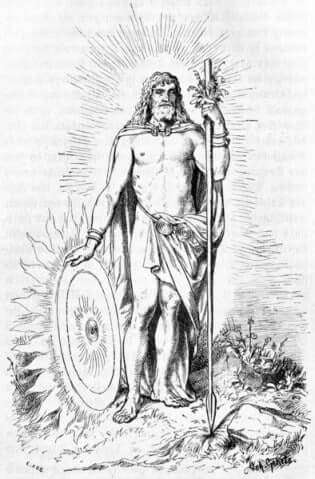
2. Baldur’s Role in Norse Myths
Key Myths and Stories
The tales of Baldur, particularly his tragic death, are pivotal in Norse mythology, resonating deeply with themes of inevitability and loss. The most significant narrative, vividly depicted in the Poetic Edda, revolves around his demise—a turning point that heralds the onset of Ragnarok, the doom of the gods. In this myth, Baldur is plagued by foreboding dreams of his own death, leading his mother, Frigg, to extract an oath from all things in nature not to harm him. However, Loki, the trickster god, discovers that mistletoe was overlooked in this pact. He crafts a dart from mistletoe and guides the blind god Höðr to inadvertently kill Baldur with it. This story, rich in symbolism, underscores themes of fate, betrayal, and the vulnerability of even the most revered beings. Baldur’s death, seen as the ultimate tragedy in Norse lore, reflects on the fragile balance between order and chaos, and the inexorable march towards destiny.

Cultural Significance
Baldur’s impact extended far beyond the mythic narratives, permeating the very fabric of Norse society and religious practices. His character, embodying ideals of light, goodness, and purity, was integral to the spiritual and moral values of the Norse people. Historical evidence suggests that Baldur was worshipped in various parts of the Viking world, with rituals and ceremonies likely centered around themes of renewal and the triumph of light over darkness. Artifacts and temple remains offer glimpses into these practices, revealing how Baldur’s mythos influenced daily life and spiritual beliefs. The reverence for Baldur is a testament to his cultural importance, serving not only as a religious icon but also as a moral guide, inspiring virtues of fairness and righteousness. His stories and the rituals associated with him thus held a mirror to the societal values and existential contemplations of the Norse people, linking mythology to the tangible aspects of life and community.
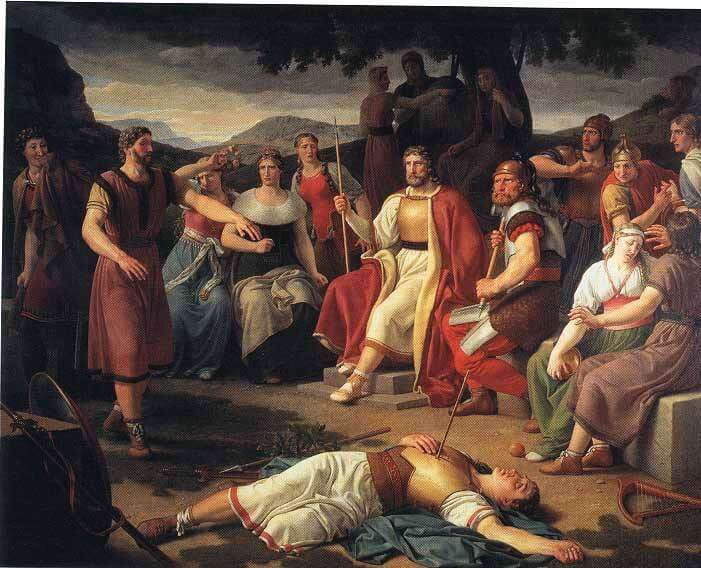
3. Comparative Mythology
Baldur in Comparison to Other Mythological Figures
Baldur’s narrative invites compelling comparisons with deities from other mythological traditions, particularly those in Greek and Roman mythology. Baldur and Apollo both embody the radiance and vitality associated with the sun and receive reverence for their physical beauty. However, while Apollo often wields significant power and appears as an active, vibrant figure, Baldur leans more toward embodying goodness and purity in a passive manner. Similarly, in Roman mythology, the similarities with Sol Invictus, the unconquered sun god, are notable. These comparisons highlight universal themes and archetypes prevalent in mythologies worldwide, such as the association of light with divinity, purity, and moral integrity. They also underscore the common human inclination to personify natural phenomena and moral ideals in mythological characters, reflecting a shared desire to understand and explain the world around us.
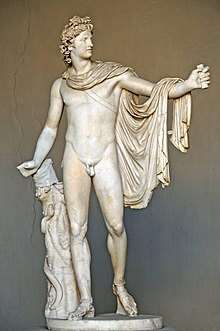
Modern Interpretations
Baldur’s influence transcends ancient mythology, echoing in modern literature, art, and popular culture.Various forms have reinterpreted his story, adapting his themes of innocence, sacrifice, and rebirth to contemporary contexts. In literature, writers have explored Baldur’s death as a metaphor for loss and the inevitability of change, influencing works of fantasy and fiction. In art, depictions of Baldur often focus on his purity and martyrdom, with modern renditions highlighting his symbolic connection to light and renewal. Talking about popular culture, Baldur has appeared in various media, including video games, comics, and television series, often reimagined to suit modern narratives while retaining his core attributes. These adaptations not only keep Baldur’s myth alive but also demonstrate the enduring relevance of ancient myths in modern times, offering new perspectives on age-old themes and continuing the legacy of these timeless stories.
4. Academic Perspectives
Scholarly Interpretations
Academic research on Baldur offers a range of interpretations that deepen our understanding of his myth and its cultural significance. Scholars have explored various aspects of Baldur’s story, from historical origins to its thematic resonance. Some argue that Baldur’s tale reflects ancient Indo-European patterns of myth, suggesting a deeper, perhaps pre-Viking origin. Others view the myth as a narrative tool, symbolizing the inevitable decay and renewal of life, a theme common in many ancient cultures. Divergent theories also exist regarding the role of Baldur in Norse society, with some academics positing that he may have been a later addition to the Norse pantheon, reflecting evolving religious and societal norms. This rich tapestry of scholarly viewpoints not only provides a multifaceted picture of Baldur but also highlights the dynamic nature of mythology and its interpretation through the ages.
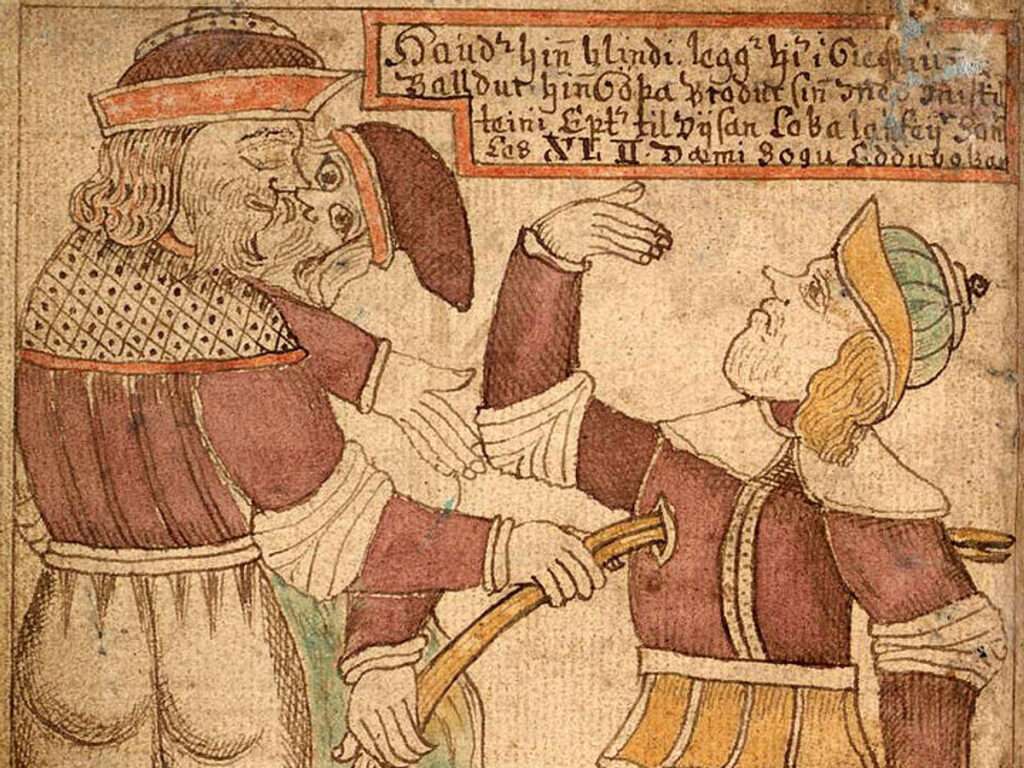
Archeological Evidence
Archeological findings contribute significantly to our understanding of Baldur’s place in Norse religion and mythology. Excavations of Viking sites have uncovered artifacts, temple remnants, and inscriptions that provide tangible evidence of Baldur’s worship and the broader Norse religious landscape. These findings, ranging from carved stones depicting scenes from Norse myths to objects used in rituals, offer a glimpse into how Baldur and other deities were revered in daily life. Notably, the lack of extensive archeological evidence specifically dedicated to Baldur compared to other Norse gods like Odin and Thor suggests that his worship may not have been as widespread or institutionalized. This discrepancy has fueled academic debate, leading to further exploration into the nuances of Norse religious practices and the evolution of their pantheon over time. Through these archeological discoveries, Baldur’s story transcends the realm of myth, grounding it in the historical reality of the Norse people.
5. Conclusion
In exploring the multifaceted character of Baldur, we’ve journeyed through his mythological origins, delved into his tragic death and its profound impact in Norse myths, and examined his cultural significance both in ancient times and in contemporary interpretations. Comparative studies have illuminated Baldur’s unique place within a global tapestry of mythological figures, revealing universal themes of light, purity, and moral integrity. Scholarly perspectives and archeological evidence have provided a deeper, more nuanced understanding of his role in Norse society and religious practices. Baldur’s legacy, enduring through centuries, continues to captivate and inspire, reflecting the timeless allure of mythology in understanding human nature and the world around us. His story, transcending the bounds of time and culture, remains a powerful testament to the enduring impact of myth on civilization’s collective consciousness.
